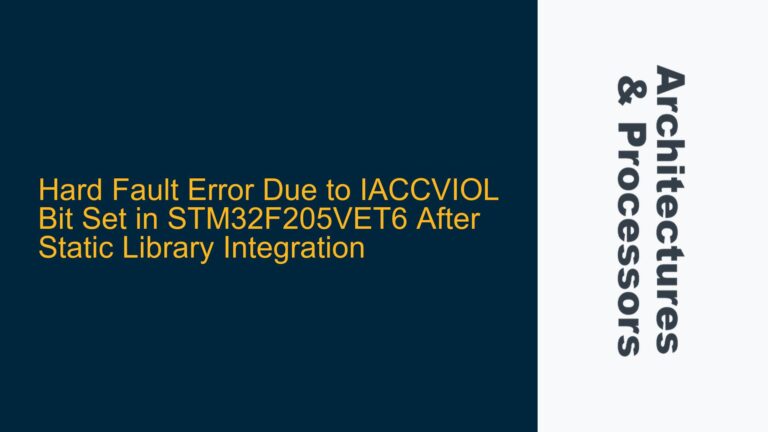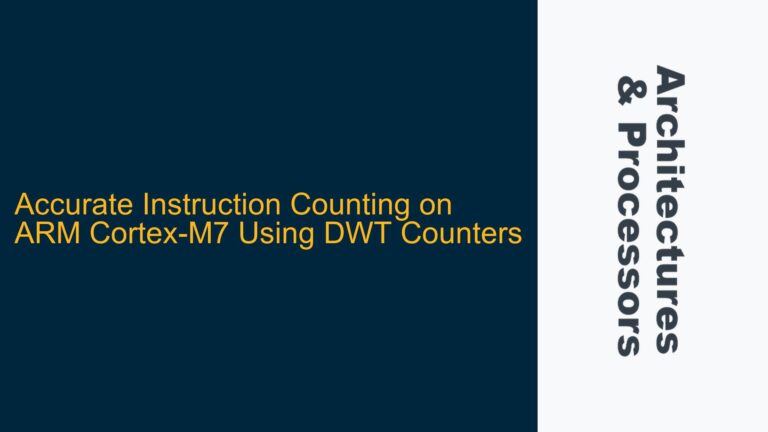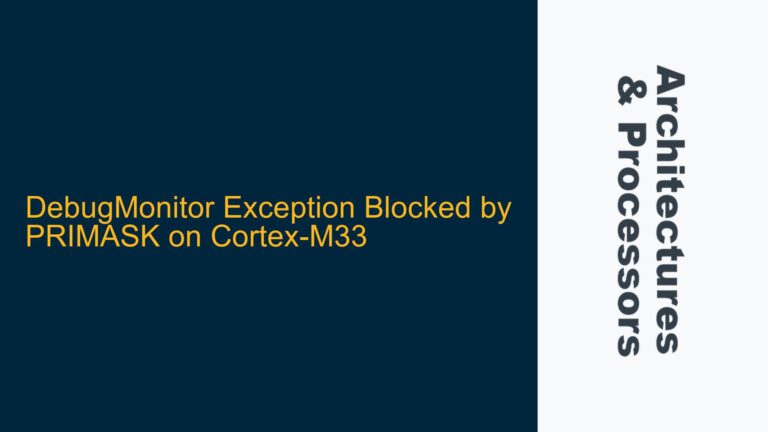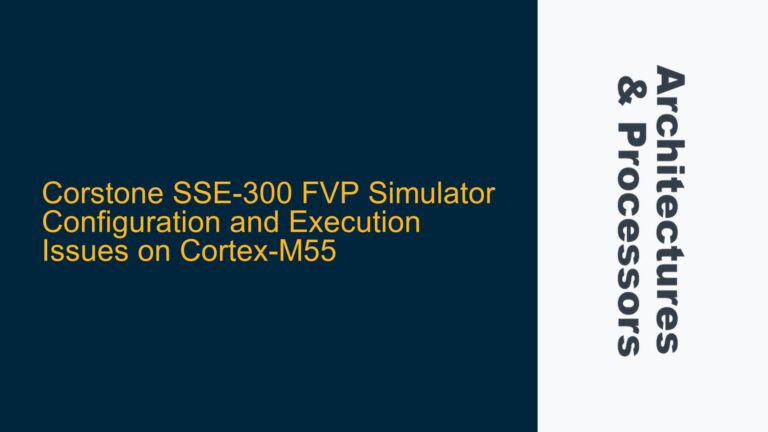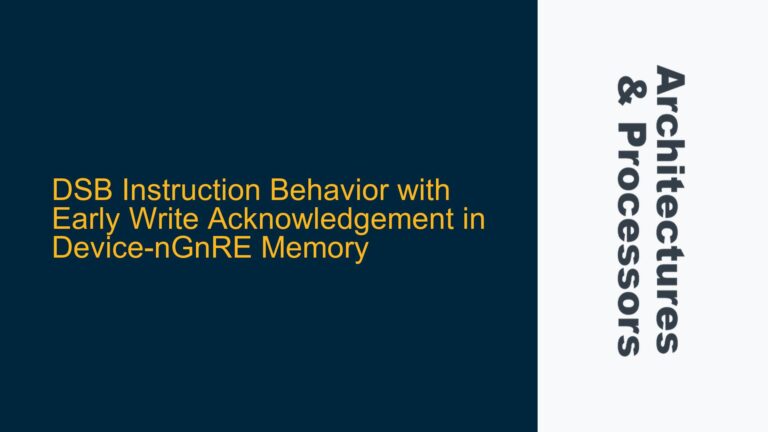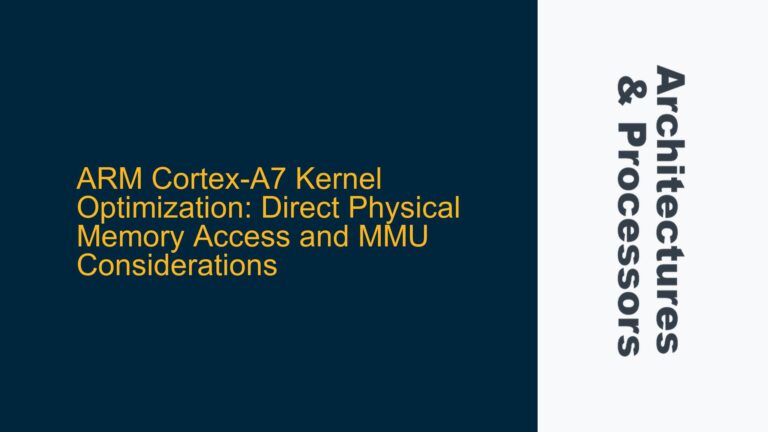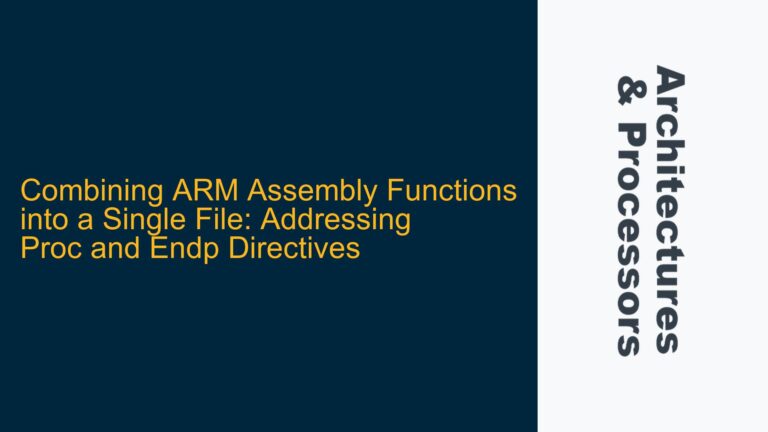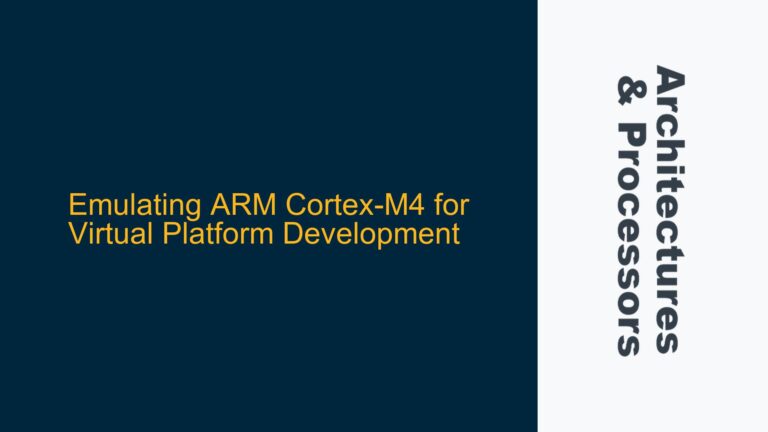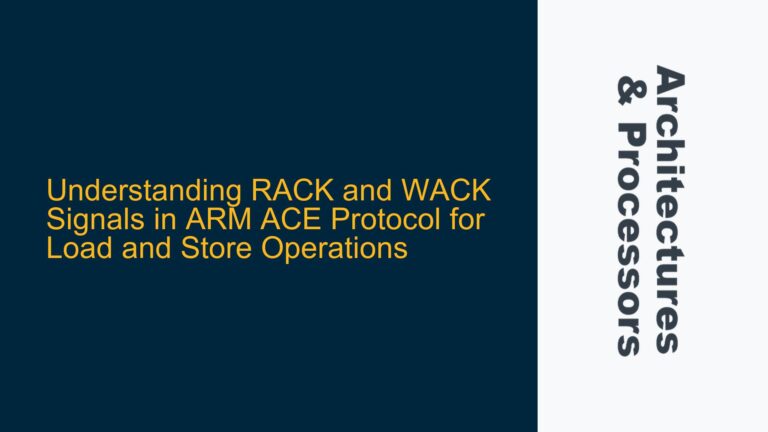Hard Fault Error Due to IACCVIOL Bit Set in STM32F205VET6 After Static Library Integration
ARM Cortex-M3 Hard Fault Triggered by Instruction Access Violation (IACCVIOL) The core issue revolves around a Hard Fault error occurring on the STM32F205VET6 microcontroller, specifically triggered by the IACCVIOL (Instruction Access Violation) bit being set in the Configurable Fault Status Register (CFSR). This error manifests after integrating a static library into the application firmware. The…
